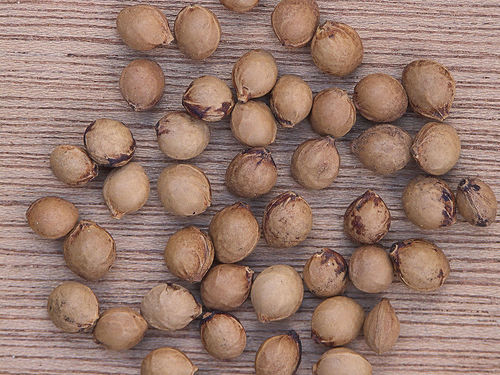Black Cherry : Black Cherry Life History and Silvics
The fruits of the black cherry are a valuable wildlife food, and its seeds are dispersed primarily by birds, though dispersal by squirrels and other mammals is common as well. This species has perfect flowering characteristics, meaning that all mature trees have the potential to bear fruit. Drupes ripen in August/September.
Though it is a much valued source of timber, management in the forestry industry for this tree is surprisingly low compared to other trees such as maples and ashes. The tree does not do well in compacted soils, and the fruits can stain sidewalks and clutter streets, making the tree impractical as a street tree. The tree lives an average of 80-100 years, though there are some cases of trees up to 250 years old. It is a shade intolerant species so is often found with other successional species such as black walnut and hackberry. It prefers moist and well drained soils, but is also drought tolerant and can survive in somewhat salty soils when given ample rooting space. This tree has the potential to grow in most hardwood forests in the Northeast. The black cherry is in the family Rosaceae, siblings with the roses and apples. It is closely related to the cultivated cherry, Prunus avium.
Black cherry spans most of the eastern United States, with ranges intruding slightly south into Mexico and north into Canada. Its current range has spread somewhat in the west, as the tree is sometimes used as an ornamental. In fact, there are many cherry trees in our very own Centennial woods.


